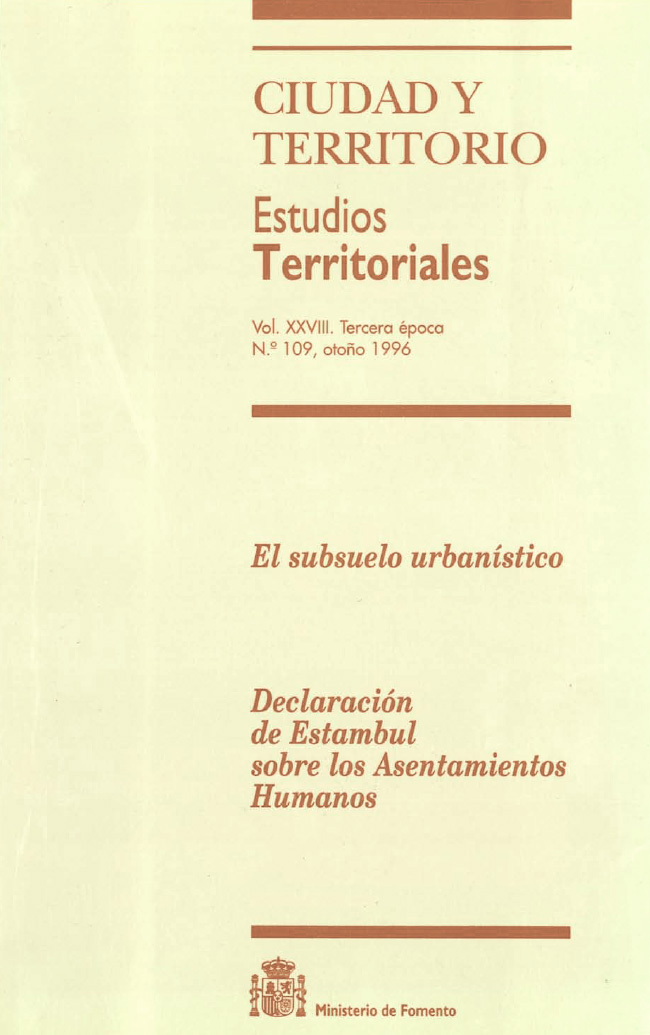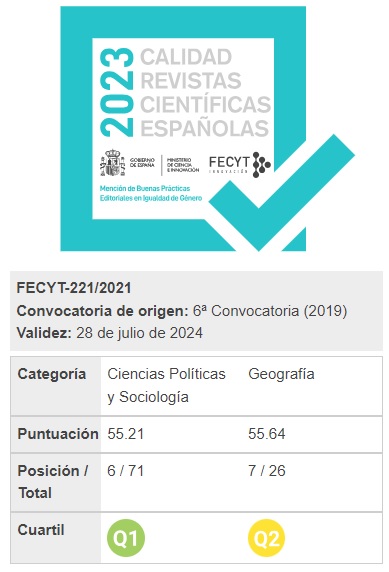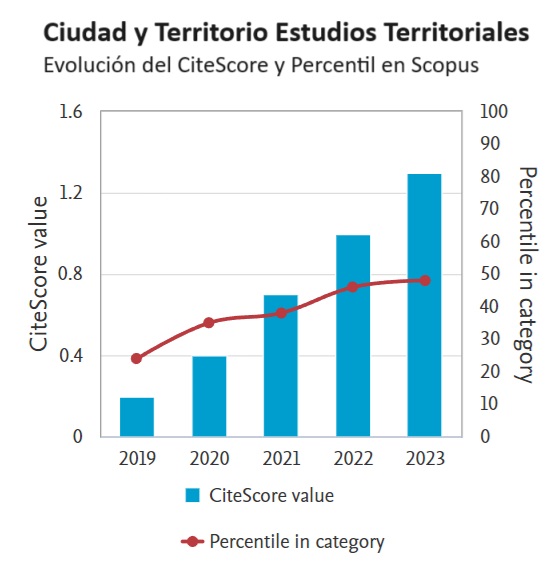A few considerations upon the basic issues governing the regulation of subsoil
Abstract
The author holds that, though this does not discount its adaptation to the profound social and economic changes of the century in course, the entire civil law structure in the main here still pivots upon corner stones established during the period of its original setting up and that these were drawn from models taken from the french example. Although a process of making them more public has led to property rights being now seen in terms of property-utility, this as a consequence of administrative enactments in the field of town and country planning that have set limits on the dimensioning of these property rights in the vertical or horizontal traditionally ascribed to their scope, the same cannot be said to have happened when these rights are, though indeed in the vertical, considered as appertaining to the subsoil. The paper then speaks of the way that modern building techniques have made it possible to exploit this same subsoil in a way hitherto unimaginable and argues that this makes a call for a defining of just how deep a proprietor ' s property rights could be said to run. Beginning from the actual status quo, the paper seeks to an offer an answer to this question in keeping with present day demands. Basing himself upon both scientific progress and that made of late in constitutional doctrine, the author then maintains that town and country planning regulation offers now a focus upon which a positive and final dimensioning of the claims of private ownership property rights in any or all dimensions could be so defined as to leave to the public domain all subsoil not within such claims.
Downloads
Downloads
Published
How to Cite
Issue
Section
License
Copyright (c) 1996 Luciano Parejo Alfonso

This work is licensed under a Creative Commons Attribution-NonCommercial-NoDerivatives 4.0 International License.
Considering the provisions of the current legislation on Intellectual Property, and in accordance with them, all authors publishing in CyTET give -in a non-exclusive way and without time limit- to the Ministry of Transport, Mobility and Urban Agenda the rights to disseminate, reproduce, communicate and distribute in any current or future format, on paper or electronic, the original or derived version of their work under a Creative Commons Attribution-NonCommercial-NoDerivative 4.0 license International (CC BY-NC-ND 4.0), as well as to include or assign to third parties the inclusion of its content in national and international indexes, repositories and databases, with reference and recognition in any case of its authorship.
In addition, when sending the work, the author(s) declares that it is an original work in which the sources that have been used are recognized, committing to respect the scientific evidence, to no longer modify the original data and to verify or refute its hypothesis. Author(s) also declare that the essential content of the work has not been previously published nor will it be published in any other publication while it is under evaluation by CyTET; and that it has not been simultaneously sent to another journal.
Authors must sign a Transfer of Rights Form, which will be sent to them from the CyTET Secretariat once the article is accepted for publication.
With the aim of promoting the dissemination of knowledge, CyTET joins the Open Journal Access (OA) movement and delivers all of its content to various national and international indexes, repositories and databases under this protocol; therefore, the submission of a work to be published in the journal presupposes the explicit acceptance by the author of this distribution method.
Authors are encouraged to reproduce and host their work published in CyTET in institutional repositories, web pages, etc. with the intention of contributing to the improvement of the transfer of knowledge and the citation of said works.








 Enlace a CyTET en Linkedin
Enlace a CyTET en Linkedin